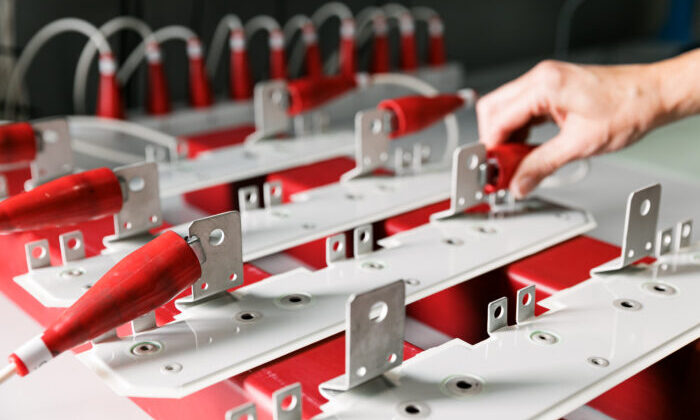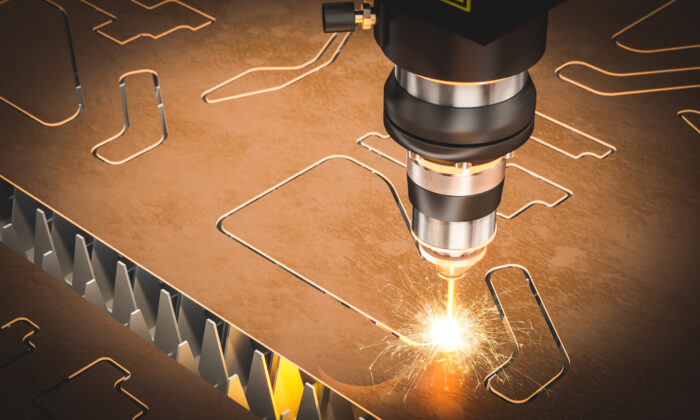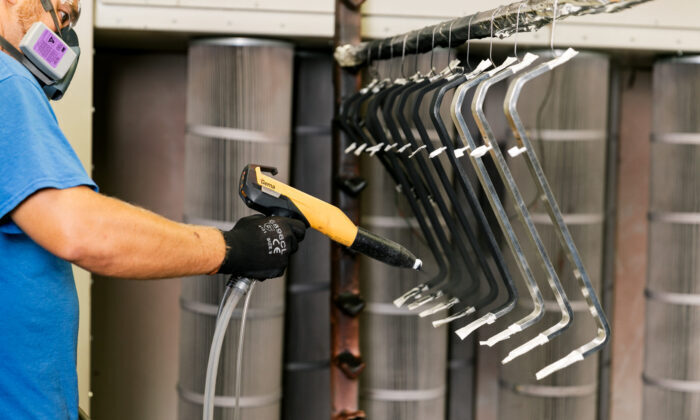What is a Bus Bar?
Electrical bus bar, or busbar, is typically a conductive material like metal used to collect power in one location for distribution to numerous outputs. Electrical bus bar is used for both electrical grounding and electrical power distribution within a system and can come in a variety of shapes and forms.
Why we use bus bar
Bus bar is used as a space and cost-efficient substitute to cables. Over the life of the system there are more cost savings by switching to bus bar where maintenance costs are reduced, wiring errors are eliminated, and the possibility of upgrades or reconfigurations become less time consuming and disruptive to service. Additionally, electrical concerns such as voltage loss or spacing for inductance issues are improved by switching to bus bar.
Materials
Metals like silver, copper, gold, and aluminum are highly conductive, but copper and aluminum are used across multiple industries for practical reasons such as weight and cost. Excellent electrical conductors also make for excellent thermal conductors, so metals like copper and aluminum are ideal for electrical and thermal equipment. Copper and aluminum sheet, foil, bar, rod and tube are available in many different alloys. These various alloys give certain physical properties to the metal that is atypical in its purest state, but those new properties often bring new limitations as well.
The metals or alloys are selected for properties such as conductivity, tensile strength, hardness, etc. However, there is usually a trade-off. There may be a gain in machinability, but a loss in conductivity or a smaller footprint with a heavier bussing system. Cost is also a limiting factor. Understanding material properties along with mechanical/electrical needs gives a greater chance for the best compromises to be made.
The conductivity of pure aluminum is roughly 61% of copper, but it is less than 1/3 the weight of copper. This makes it roughly twice as conductive per pound as compared to copper making it an excellent substitute where there is a weight limitation. Like copper, the various aluminum alloys come in different tempers and have differences in their properties making selection dependent on mechanical/structural/electrical needs.
Copper Temper
The temper of a metal refers to its hardness, which for copper and its alloys is obtained by annealing or cold finishing after the annealing process. Unlike steel and aluminum, copper and copper alloys are not strengthened by heat treating in the final stages of processing. During annealing, air is excluded by flooding the furnaces with protective atmospheres controlled to prevent scaling, staining, or the penetration of the metal by oxygen or hydrogen. Cold finishing is defined as the permanent deformation or strain produced in the metal by external forces that are applied while the metal’s temperature is below its recrystallization point. It can be achieved by rolling, bending, stretching, or hammering the metal while it is cold.
To a large degree, the hardness of the metal determines the application. Due to the end use of the product, copper bar is generally available only in the harder tempers and copper sheet in softer tempers. This has to do with how the two different forms of the metal are most commonly used. The two extremes of temper are denoted as "hard" and "soft". The Copper Development Association has installed a numbering convention H01 (soft) to H04 (hard).
Copper Rod and Bar
Annealed Metal (Soft) - Recrystallized Grains - Produced by Annealing Hard Metal - Special Soft Tempers are used for short radius bending, cold heading and cold swaging. Cold worked surfaces are suitable for most polishing.
1/2 Hard Metal (Cold Worked) - Distorted and Broken-up Grains - Produced by Cold Drawing or Cold Rolling Soft Metal to Finish Size. Common Hard Temper Rectangular and Square Bar. Standard Bus Bar Temper. Used for parts requiring machining, large radius bends, slight cold heading and slight cold swaging.
Full Hard Temper (Cold Worked) - Much Distorted and Broken-up Grains - Produced by Cold Drawing or Cold Rolling Soft Metal to Finish Size. Common Hard Temper for Round Rods. Used for parts requiring machining. Generally, not suitable for bending, cold heading and cold swaging. Hard tempers are favorable to blanking, shearing and machining.
Sheet, Strip, and Roll Copper
Cold Rolled Annealed Temper (Soft Metal) - Recrystallized Grains - Produced by Annealing Hard Metal - Standard Soft Roll Copper is commonly used for deep drawing and spinning. The surface on drawn parts is suitable for most polishing requirements.
Soft Temper Annealed Metal (Soft Metal) - Recrystallized Grains - Produced by Annealing Hard Metal - Commonly used by sheet metal craftsmen. Used for moderate drawing and cupping. The surface on drawn parts is suitable for most polishing requirements.
1/4 Hard Metal (Cold Worked) - Distorted and Broken-up Grains - Produced by Cold Rolling Soft Metal to the Finish Thickness. Special Hard Temper suitable for shallow forming.
1/2 Hard Metal (Cold Worked) - Distorted and Broken-up Grains - Produced by Cold Rolling Soft Metal to the Finish Thickness. Special Hard Temper suitable for 90 deg. bends.
3/4 Hard Metal (Cold Worked) - Much Distorted and Broken-up grains - Produced by cold Rolling Soft Metal to the Finish Thickness. Suitable for 90 deg. bends. Favorable to blanking, shearing and machining.
Flexible Bus Bar
Flexible bus bar are several thin layers of a conductive metal that are laminated together to mitigate against the effects of mechanical vibrations, thermal expansion, and alignment issues with connections. Flexible bus bar carries more current per cross sectional area while increasing the dissipation of heat to maintain a cooler system (when compared to solid bus). The insulation jacketing used on flexible bus bar is typically a self-extinguishing PVC and electrically resistant. The ends are welded together to make a solid connection point eliminating the need for lugs, improving electrical conductivity, while maintaining flexibility throughout the entire bar to ease installation.
Epoxy Coated Bus Bar
Epoxy coating bus bar is the perfect insulation for conductors that are oddly shaped, have unique sizes, or those which may be known to undergo stress during installation. Unlike most other types of insulation, the epoxy powder is applied after all required bending, contouring, punching and milling is complete. In doing so, the insulation will be consistent throughout the entire conductor run.


